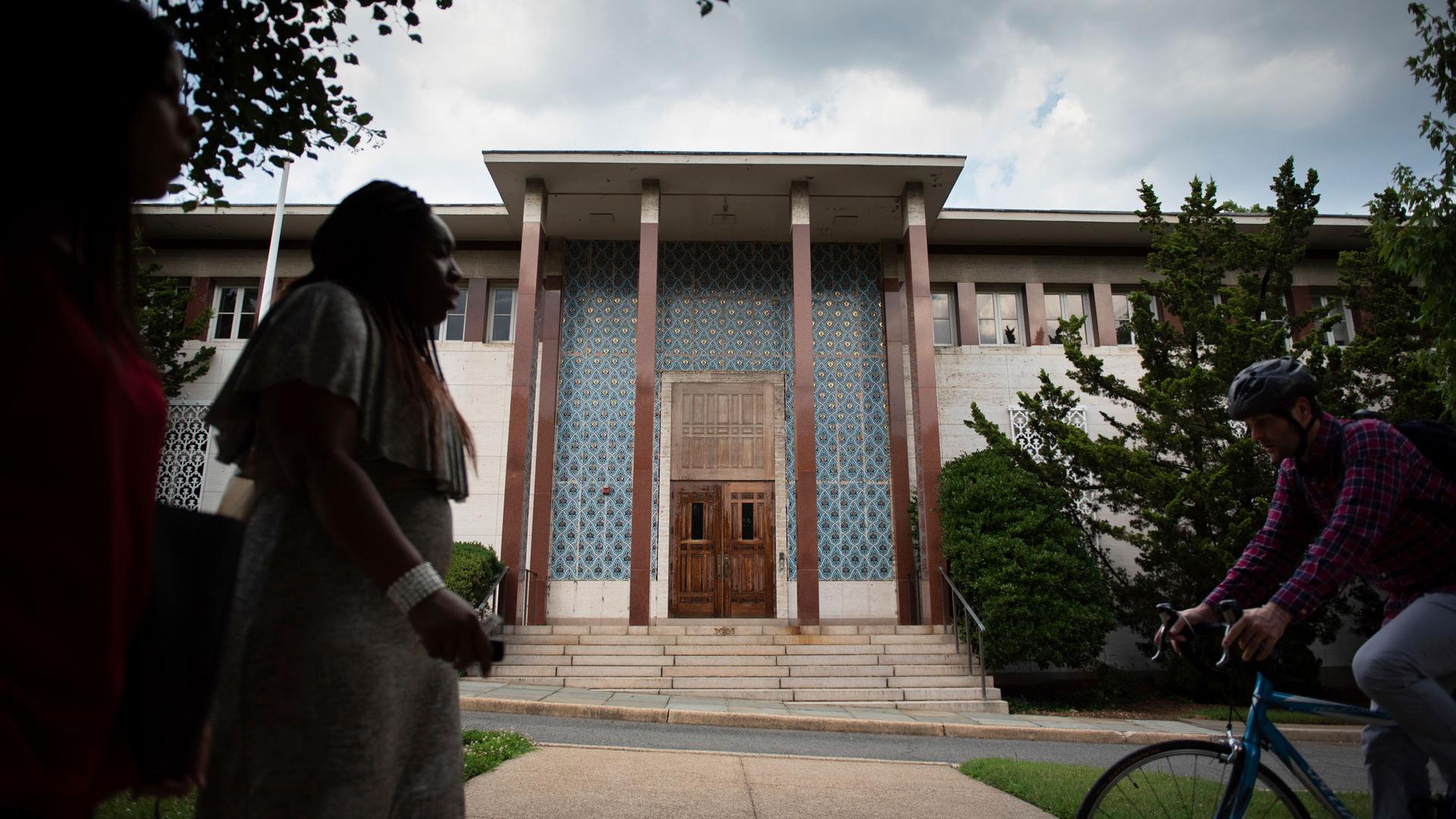Washington, DC, is home to dozens of foreign embassies, many of which sit along a prominent stretch of Massachusetts Avenue called Embassy Row. It’s lined with historic mansions owned by foreign governments.
Despite the neighborhood’s popularity and prestige, two neighboring Embassy Row properties have been boarded up for years. They look about as different as two buildings could, but they have the same owner: Iran.
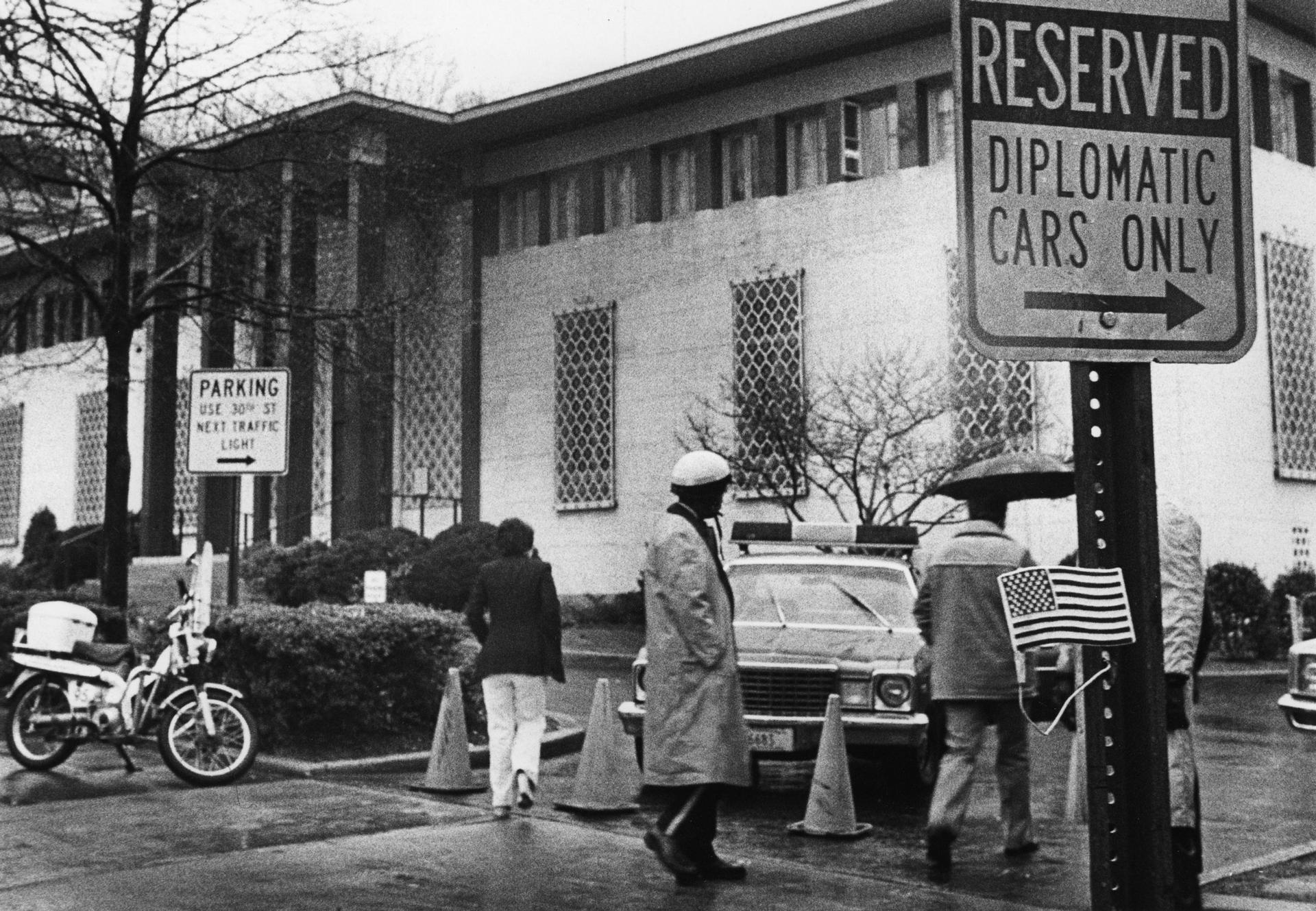
The first, the former ambassador’s residence, is a brick, Georgian mansion with more than 40 rooms. Next door is the former Iranian Embassy — a white, modernist building with glazed, blue tiling on the front and a robin’s egg blue dome.
Related: ‘It was a social revolution’: The Turkish Embassy’s surprising role in desegregating DC jazz
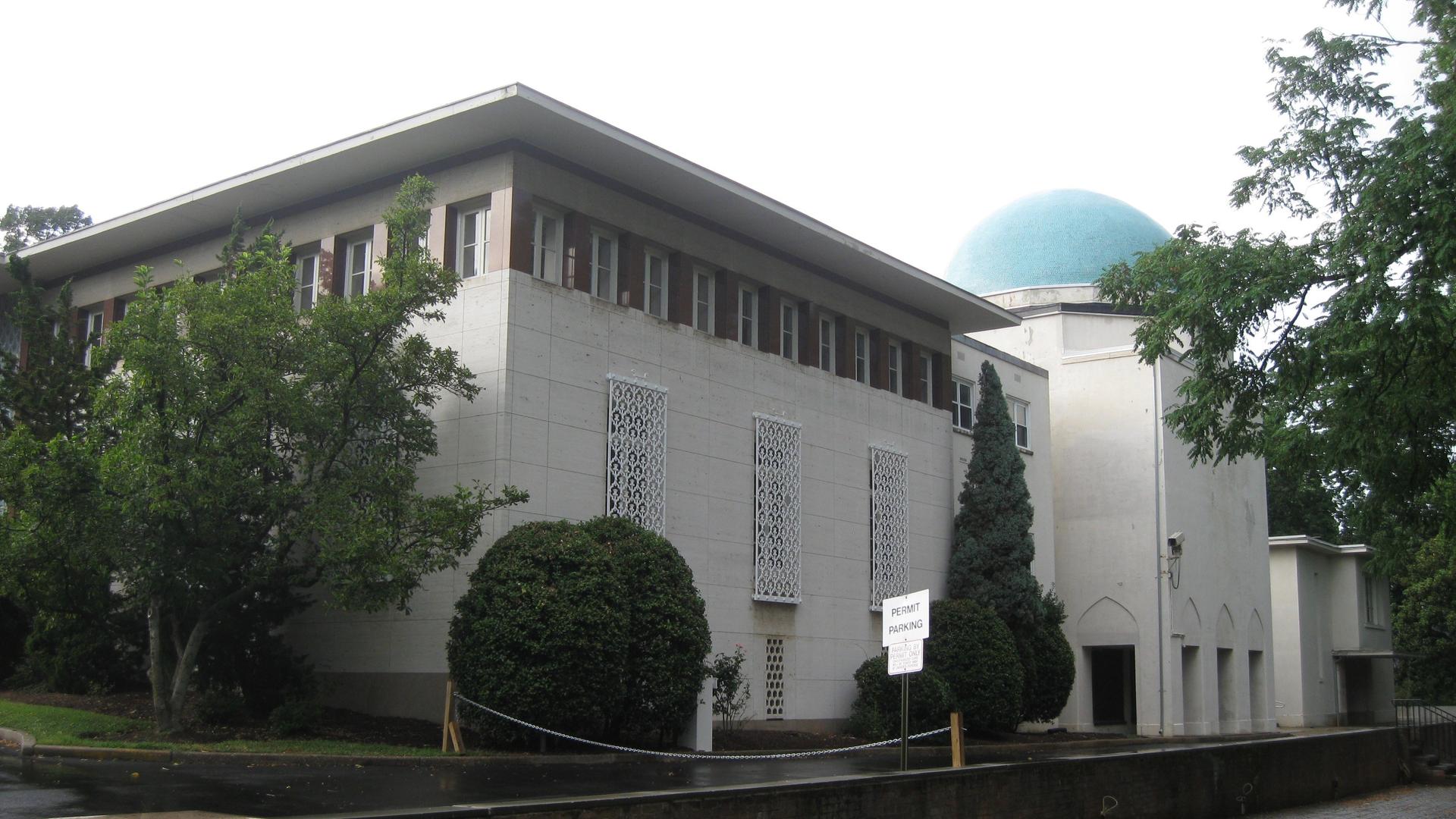
The buildings are caught in a unique sort of real estate limbo: When the United States suspends diplomatic relations with a country, the US State Department is put in charge of that country’s properties in the US. The State Department can’t sell them, but it does have to maintain them. It can rent them out and use the revenue for upkeep.
Related: Iranians react as government admits it shot down UIA flight
Even though the Iranian properties are currently empty, they are full of stories.
Party diplomacy
The former Iranian Embassy used to be the site of wild parties attended by Hollywood starlets, DC socialites and politicians. At the center of the party was always one man: Ardeshir Zahedi. He served two stints as the Iranian ambassador to the US, first in the early 1960s and again in the 1970s. He lives in Switzerland now.
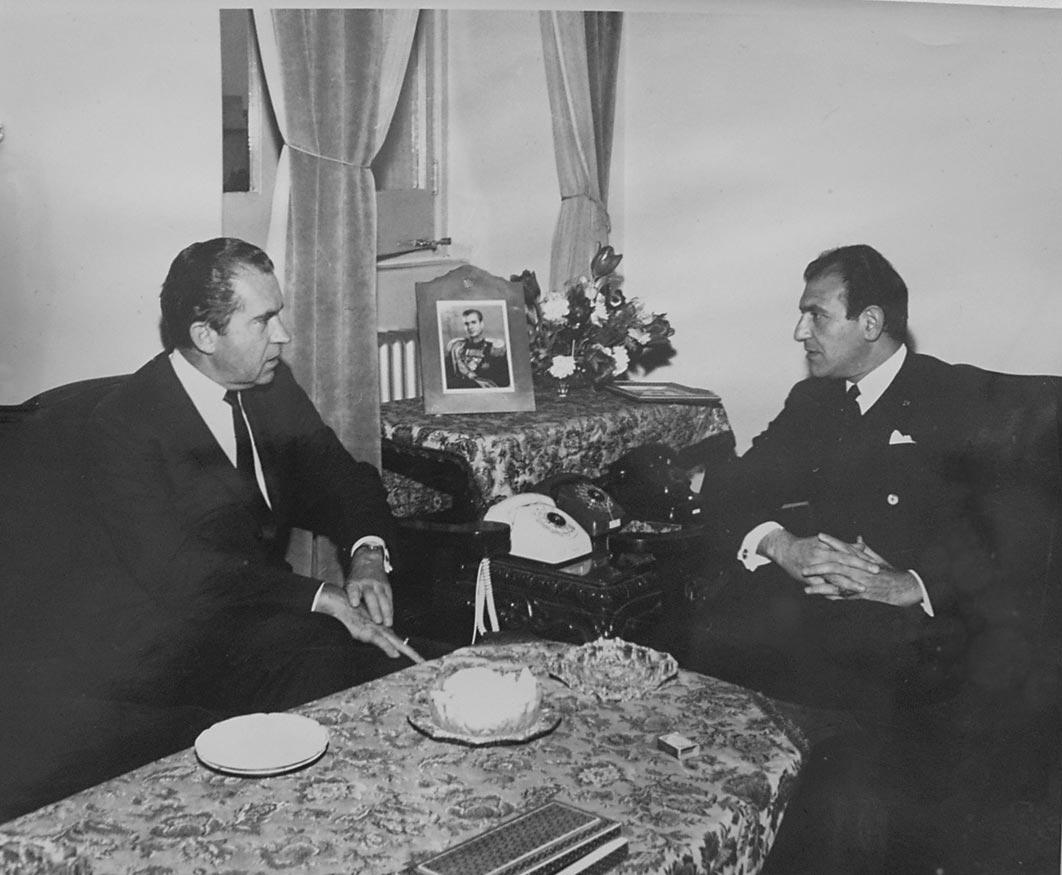
Zahedi supervised the embassy’s design; he wanted it to be a mix of 1960s-era American modernist and traditional Persian styles. He even sent an Iranian architect to Persepolis for inspiration. The embassy he created was visually stunning. One room, in particular, had a high, domed ceiling decorated with an intricate mosaic. Embassy staff would light the room with candles, and the ceiling would glitter like stars.
Related: Fearing nuclear proliferation, Europe scrambles to calm Iran tensions
During his second stint as ambassador, Zahedi threw lavish dinners and galas at the embassy — think bowls of caviar and flowing champagne. The guest lists would include Nixons, Kennedys, Reagans, Kissingers and stars like Liza Minnelli and Andy Warhol. Zahedi even dated Elizabeth Taylor for a time.
“Elizabeth Taylor was, for a while, going out with him. I remember one time vividly, he put champagne in one of her shoes and drank from it.”
“Elizabeth Taylor was, for a while, going out with him,” said Hossein Askari, a professor emeritus of business and international relations at George Washington University. “I remember one time vividly, he put champagne in one of her shoes and drank from it.”
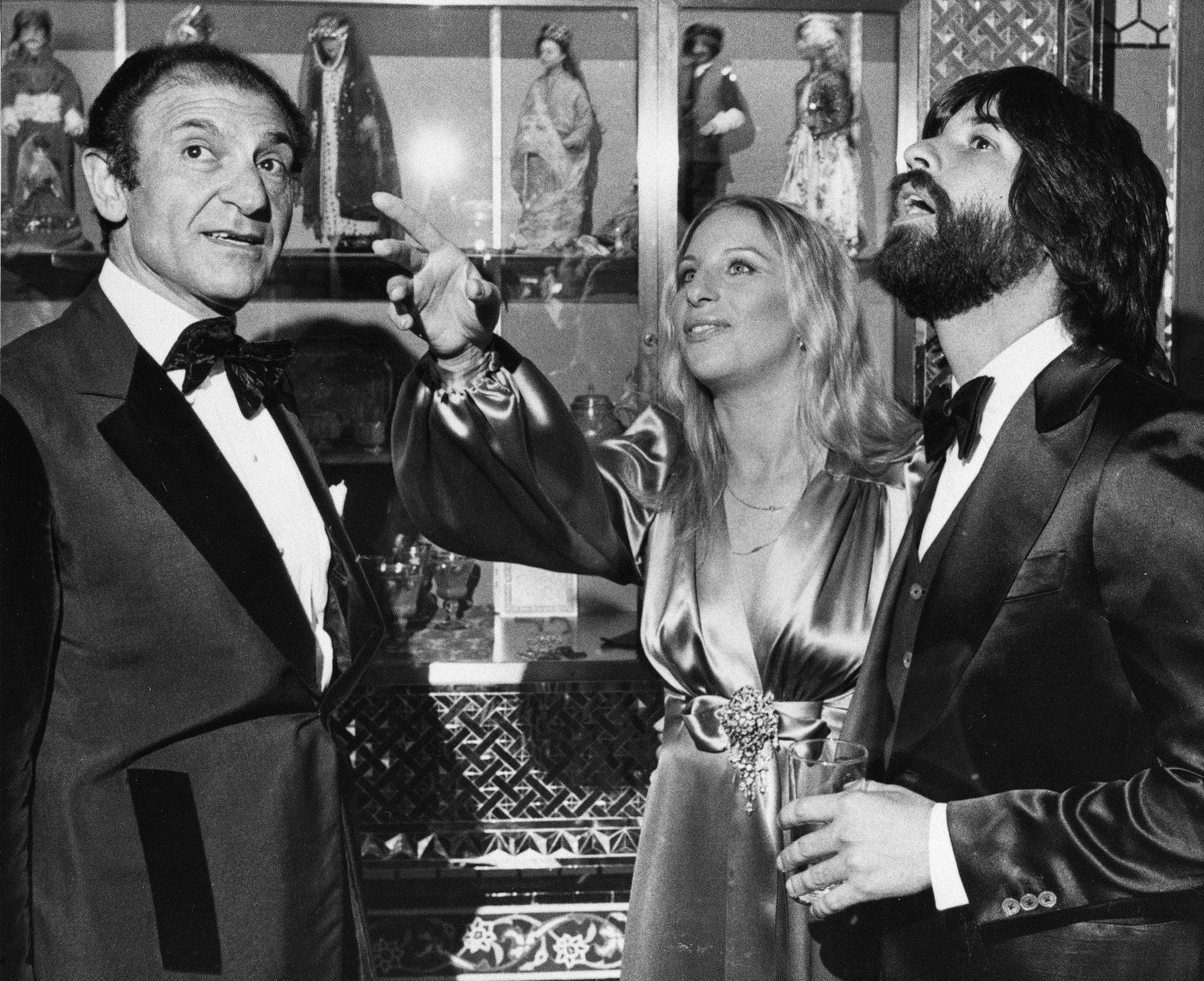
In the 1970s, Iran was rich with oil money. Zahedi was close to the Shah — he was even married to the Iranian leader’s daughter for a time — so he was able to spend money freely. Askari is Iranian and knew Zahedi back then, but he didn’t go to the parties — not his scene. But he does remember reading about them in the newspaper.
Related: How does Europe view the US-Iran showdown?
“[Zahedi] was very effective in lobbying because senators, congressmen, members of the Cabinet liked to go there to be invited for dinner,” he said.
The party ends
The good times ended abruptly in 1979 with the Iranian Revolution.
The Shah was forced out of Iran, and Ayatollah Khomeini became the country’s supreme leader in the new Islamic Republic. Iranian students scaled the walls of the US Embassy in Tehran and took 52 Americans hostage for 444 days. By the time the hostage crisis was over, the relationship between the two countries had entirely dissolved.
Timeline: The history of US-Iran relations
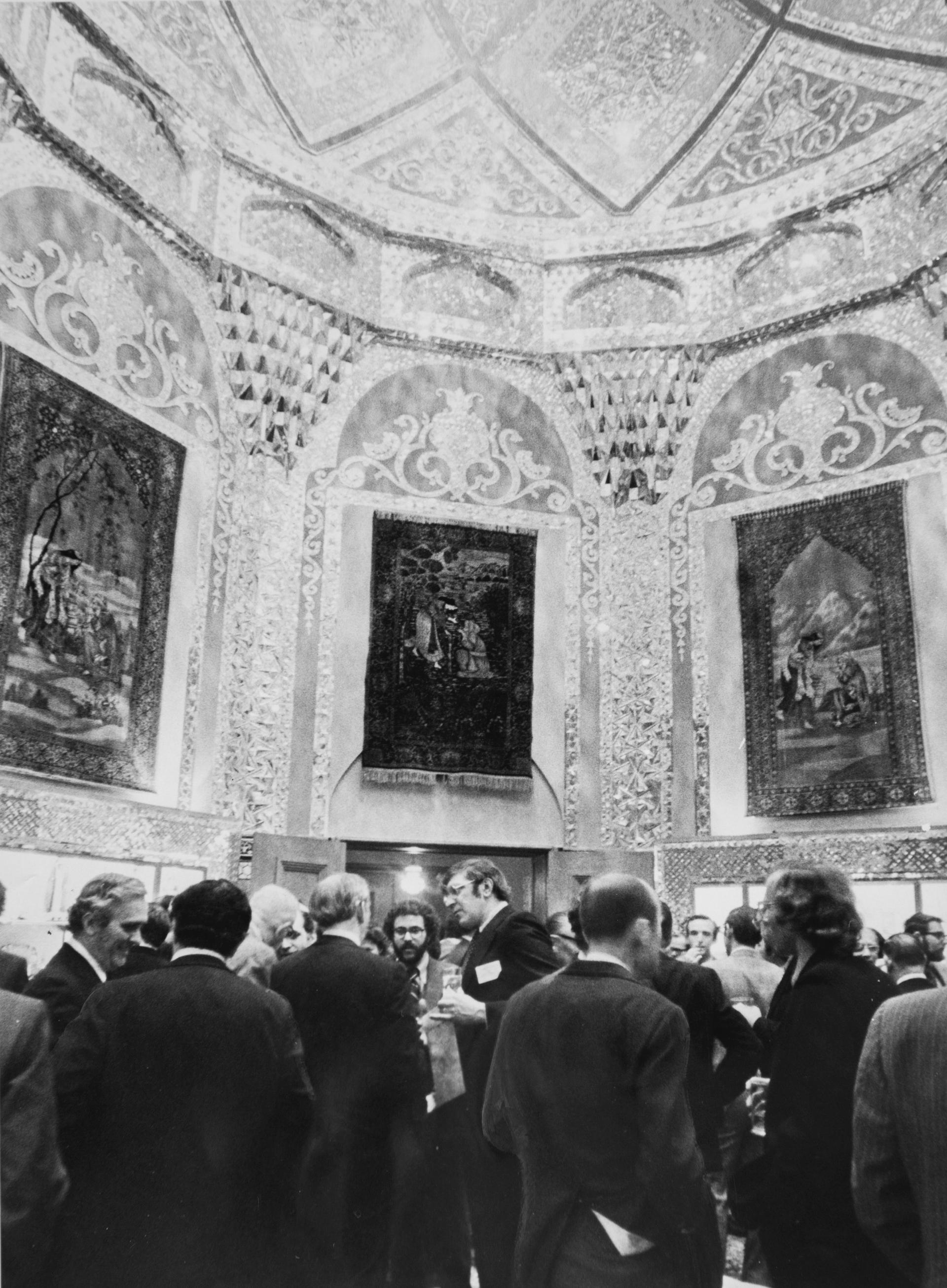
Both countries’ embassy buildings became symbols of the frayed relationship. The US Embassy in Tehran now holds an anti-American museum and is covered in political graffiti. Zahedi and his fellow diplomats moved out of the dozen or so Iran-owned properties in the US and never returned.
Properties frozen in time
When the US suspends diplomatic relations with a country, the State Department is legally bound by the Vienna Convention on Diplomatic Relations to protect that country’s diplomatic properties here. It can raise funds for maintenance by renting the properties out, but it’s not allowed to sell them. The properties are also tax-exempt.
Local real estate agents familiar with the neighborhoods around Embassy Row estimate that the former Iranian ambassador’s residence could sell for as much as $12 million. The State Department did rent it out in the late 1990s and early 2000s, but the tenant was evicted after racking up a bill of about $750,000 in unpaid rent.
Recently, there’s been activity outside the residence for the first time in years. The State Department submitted plans in April 2019 to renovate the 18,000-square-foot building. Last week, contractors were putting in new windows.

The State Department denied The World’s repeated requests for an interview and for a tour of the properties. The contractors confirmed they’d been hired by the State Department.
Next door, however, the former embassy sits empty.
It’d probably be difficult to find a suitable tenant for it. It looks so much like an embassy — an Iranian embassy — and could remain empty until Iran and the US restore diplomatic ties.
Our coverage reaches millions each week, but only a small fraction of listeners contribute to sustain our program. We still need 224 more people to donate $100 or $10/monthly to unlock our $67,000 match. Will you help us get there today?
